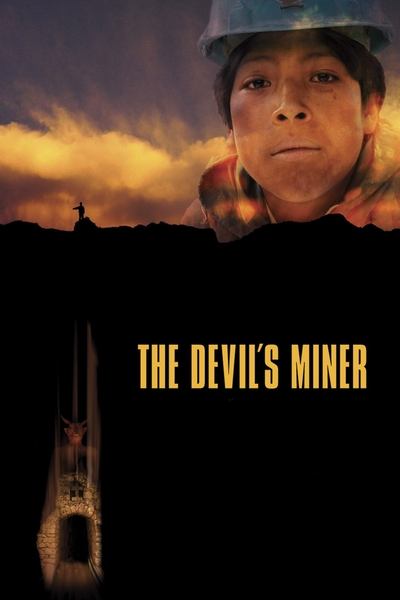The Devil's Miner
Genres
Documentary
OverView
'The Devil's Miner' tells the story of 14-year-old Basilio who worships the devil for protection while working in a Bolivian silver mine to support his family.
Others
Budget
$--
Revenue
$--
Status
Released
Original Language
English
Runtime
82 mins
Rating
6.7/10
Release Date
05 November 2005
Country
United States of America


